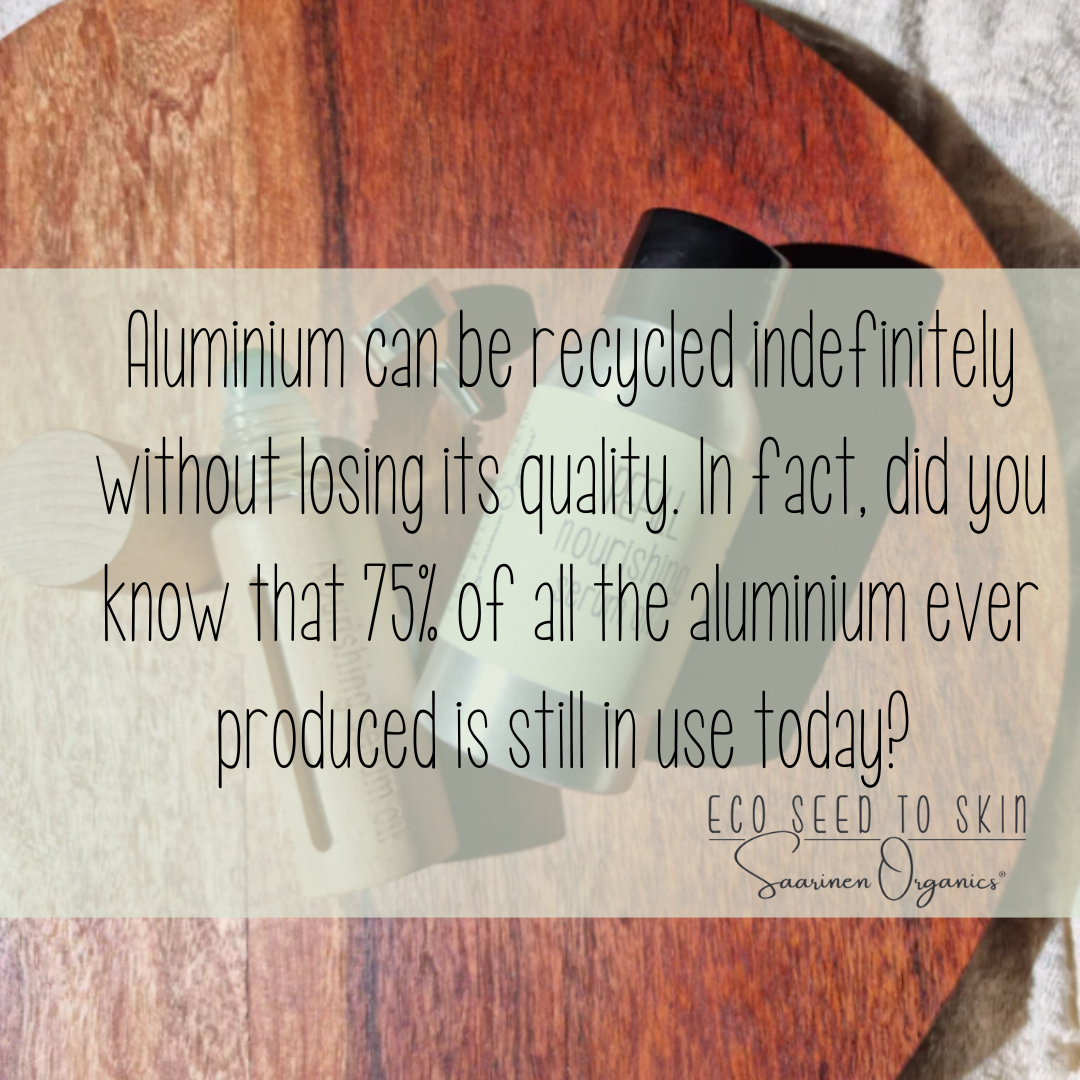Recycling Packaging in Australia

While recycling is often championed as an effective solution to combat waste and protect the environment, it is essential to acknowledge the challenges and limitations of recycling practices in Australia. Despite good intentions, there are several issues that hinder the efficiency and effectiveness of recycling programs in the country. Only 9% of all intended recycling actually gets recycled in Australia and all glass goes to road base.
-
Contamination: One of the major issues in Australian recycling is contamination. Contamination occurs when non-recyclable items are mistakenly placed in recycling bins, leading to a lower quality of recyclable materials. This contamination not only hampers the recycling process but also increases costs and reduces the overall value of the materials. Lack of awareness, confusion about what can and cannot be recycled, and inadequate education contribute to this problem.
-
Limited Infrastructure: Australia faces significant challenges in terms of recycling infrastructure. While some regions have advanced facilities and processes, others struggle with inadequate resources and outdated technology. Insufficient investment in recycling infrastructure limits the capacity to process and recycle materials efficiently, leading to bottlenecks and potential waste diversion to landfill.
-
Market Demand and Economics: The viability of recycling is closely tied to market demand for recycled materials. Fluctuating commodity prices and global market dynamics can impact the demand for recycled goods. When demand decreases, it becomes economically unviable for recycling facilities to process certain materials, leading to stockpiling or diverting them to landfill.
-
Lack of Consistency and Standardization: Recycling practices and regulations can vary across different states and territories in Australia. The lack of consistency and standardization makes it challenging for businesses and individuals to navigate and understand recycling guidelines. This inconsistency also poses difficulties for recycling facilities in managing materials that may differ in composition and processing requirements.
-
Export of Recycling Waste: Historically, Australia has relied on exporting a significant portion of its recyclable waste, particularly to countries in Southeast Asia. However, changes in global recycling markets, such as import restrictions and stricter regulations, have exposed the vulnerabilities of this approach. Australia now faces the challenge of managing its own recycling waste domestically, highlighting the need for increased local processing capabilities.
Addressing these challenges requires collective efforts from government, industry, and individuals. Improved education and awareness campaigns, investment in recycling infrastructure, harmonization of recycling practices, and increased market demand for recycled products are key steps towards building a more robust and sustainable recycling system in Australia.
It is crucial to recognize the complexities and limitations of recycling in Australia to drive meaningful change and overcome the barriers that hinder the effectiveness of recycling programs. By addressing these issues head-on, Australia can work towards a more efficient, sustainable, and circular approach to waste management.



Comments